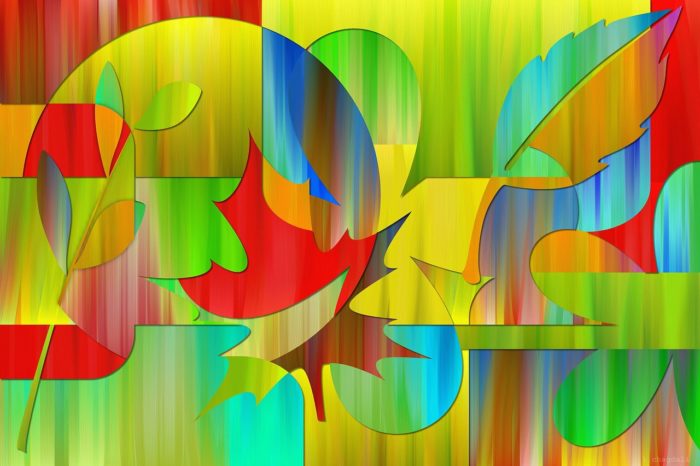The Progressive Case For Cultural Appropriation
July 23, 2019 Category: American Culture
POSTSCRIPT:
I could have just as easily entitled the preceding piece, “The Case Against Cultural Segregation”. For anti-Cul-Ap crusaders are effectively cultural segregationists. They fail to realize that any meme-sequestration regime is antithetical to liberal democracy.
Memetic transference is an integral part of our shared humanity. And it bears worth noting that Cul-Ap often occurs in places we don’t realize. Robin Hood is a prime example. The folk-hero was made famous by ballads from the 15th century like “Robyn Hode & The Munke” and various versions of the “Gest” of Robyn Hode. Later, he was dubbed Roger Godberd (the noble vigilante of Sherwood Forest) by some…Robert of Loxley by others…Fulk Fitz-Warin by still others. All those were English versions of the folklore; and they may or may not have been based on an actual person.
The tale is a timeless one: A noble thief takes from the rich and gives to the poor–a philanthropic mercenary meting out economic justice in an unjust society. Around the world, there also ended up being…
- a French version: Louis Mandrin
- a Scottish version: Robert Roy MacGregor
- an Irish version: Redmond O’Hanlon
- a Dutch version: Kobus van der Schlossen
- a German version: Johannes Buckler (a.k.a. “Schinderhannes”)
- an Estonian version: Rummu Jüri
- a Lithuanian version: Tadas Blinda
- a Slovak / Polish version: Juraj Janosik
- a Russian / Cossack version: Stepan Timofeyevich Razin (a.k.a. “Stenka”)
- a Georgian version: Koba
- an Abkhazian version: Abrskil
- a Ukrainian version: Ustym Yakymovych Karmalyuk (as well as a Yiddish version: Hershel of Ostropol)
- a Bulgarian version: Hitar Petar (the Macedonian version of whom was Itar Pejo of Mariovo)
- a Romanian version: Iancu Jianu
- a Turkic version: Koroghlu
- an Ottoman Turkish version: Hekimoglu Ibrahim
- a Tamil version: Koose Muniswami Veerappan
- a Sinhalese version: Deekirkevage Saradiel
- a Chinese version: Song Jiang
- a Japanese version: Ishikawa Goemon (a.k.a. “Gorokizu”; as well as Nezumi Kozo, inspired by Nakamura Jirokichi of Edo)
- a Korean version: Hong Gil-dong (loosely based on the historical figure, Im Kkeok of Yangju)
- a Swahili version: Fumo Liyonga
- a Mexican version: Jesus Malverde; Joaquin Murrieta Carrillo
…to mention examples from 25 other cultures. Some of them were based on real people; some of them were entirely apocryphal.
A few of these tales may have emerged independently of the others; especially if they were inspired by historical figures. However, in other instances, the tale was likely an adaptation from another culture’s version. In any case, over the centuries, the mytheme has clearly resonated across cultural lines. The tale says something about our shared humanity. Indeed, it is a legend that speaks to us…even if we need to couch it in terms of our own cultural heritage.
When we regard what Franz Boas referred to as “cultural diffusion”, we might ask: In the cases of folkloric cribbing, who cribbed from whom? This might be historically interesting, but it is morally irrelevant. Sometimes mythemes emerge in different places / times independently; sometimes they are coopted from exogenous sources. Either way, insofar as any given motif qualifies as a mytheme, there is something about it that resonates with all humans–be it a rages-to-riches story or a holy trinity.
Robin Hood is a reminder that in most cases, the result of Cul-Ap has been salubrious. Moreover, the myriad incarnations of this legendary figure illustrates that there does not exist any meme that is INHERENTLY part of a singular memeplex–that is: inscribed on a particular culture for all eternity. Memes know no such exclusivity.
There are no more cultural essences than there are racial essences. There are only trends within social groups; just as there are only phenotypic tendencies / predispositions within haplo-groups. And there is no necessary correlation between a given cultural element and a certain ethnic group. Such correlations were not written in the stars.

